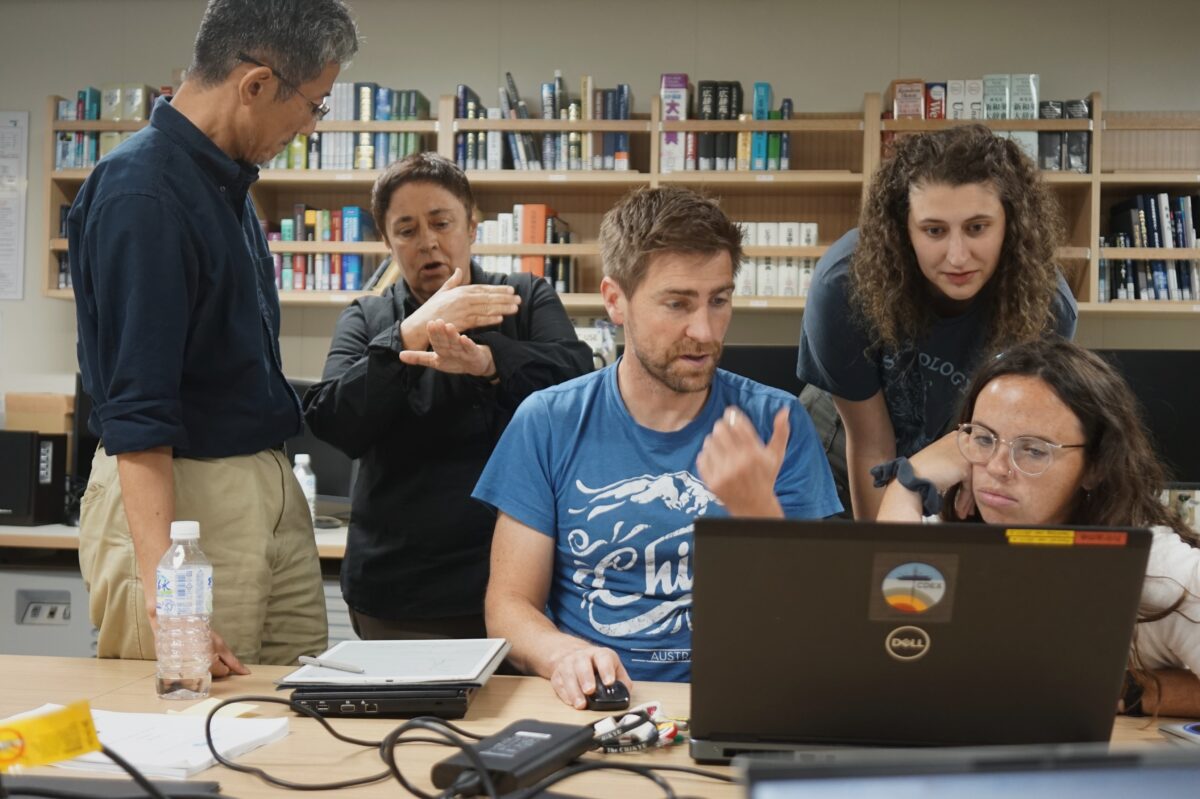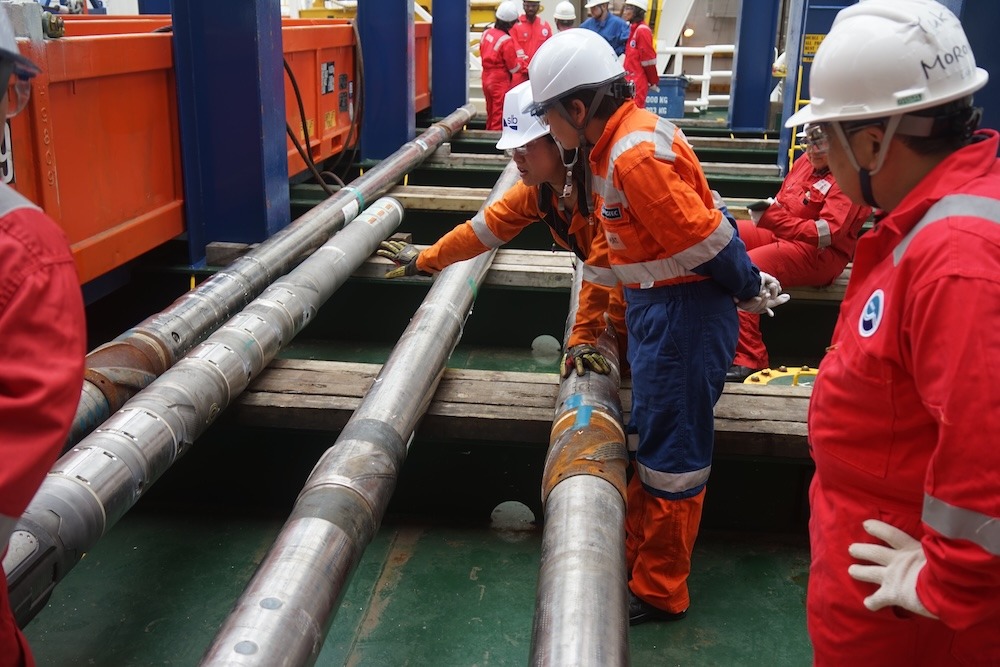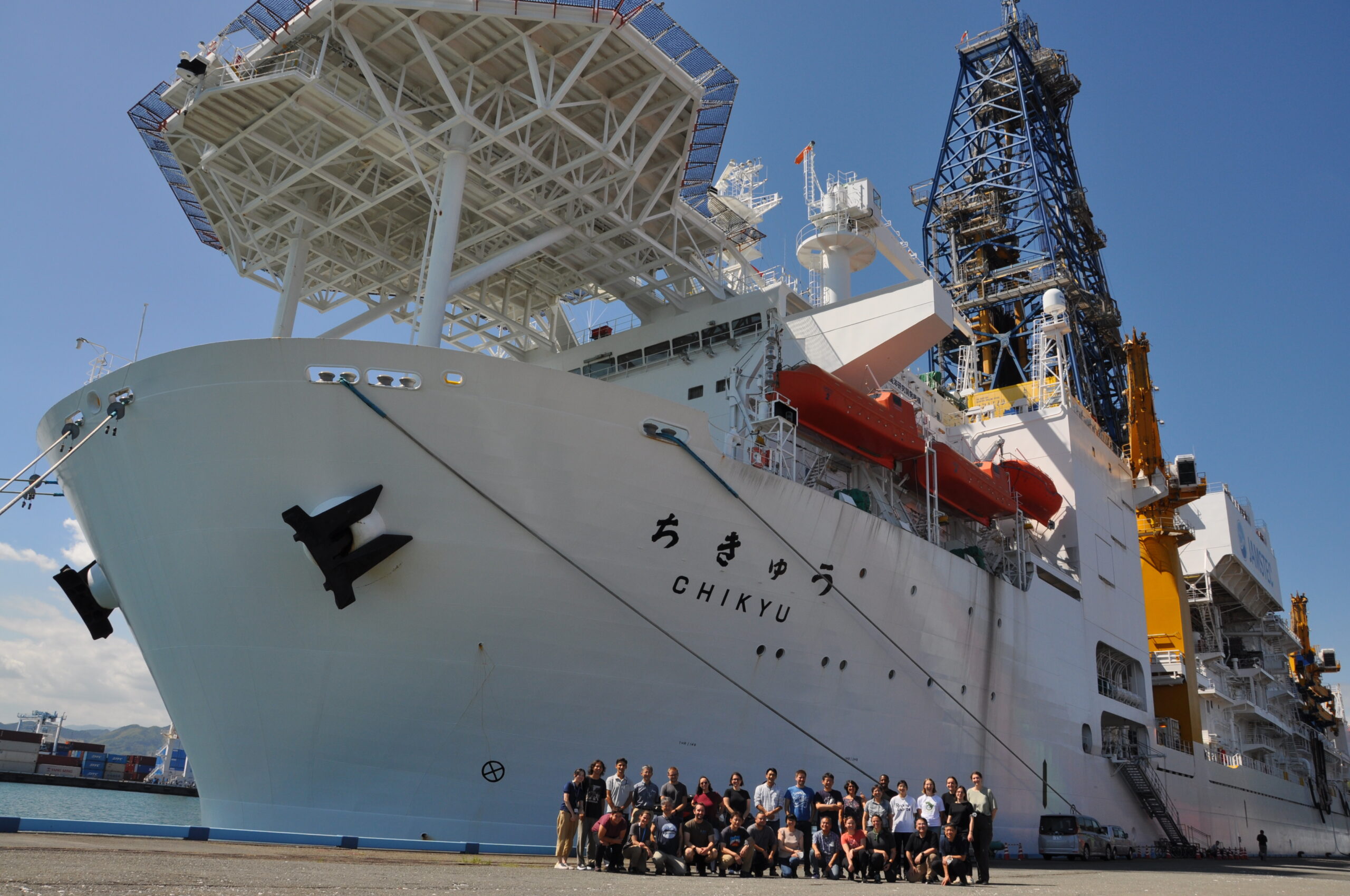3 de October de 2024
On 11 March 2011, Japan was struck by the Great Earthquake, a magnitude 9 tremor that rocked the country’s northeast coast and triggered a tsunami with waves as high as 10 metres. To investigate the origins of this catastrophic geological event, the Japan Agency for Marine-Earth Science and Technology (JAMSTEC) is leading a new expedition in partnership with Spain’s National Research Council (CSIC).
The research is being conducted aboard the Chikyu, a cutting-edge drilling vessel that set sail on 6 September to investigate the causes of the Tohoku-oki earthquake and the tsunami that followed. María José Jurado, a researcher at GEO3BCN (Geosciences Barcelona) and the only Spanish participant, is part of a 56-member team of scientists from around the world.

The expedition, part of the International Ocean Discovery Program (IODP), aims to drill into the seismogenic zone of the Japan Trench, a region where tectonic stress accumulates due to the convergence and subduction of plates, ultimately leading to earthquakes. The study area lies over 7 km deep, with plans to drill two boreholes reaching approximately 1 kilometre below the seafloor. “The goal of IODP Expedition 405 is to deepen our understanding of a seismogenic zone through drilling and advanced in situ techniques applied nearly 8,000 metres beneath the surface,” Jurado explained.
Jurado, who has already participated in five scientific drilling campaigns studying subduction zones in the Atlantic, Barbados, the Eastern Mediterranean, and now the Japan Trench, brings her expertise in subsurface geology and study techniques to this mission. She has been invited to analyse the data collected and to assist in determining the best locations for installing a subsurface observatory, which will measure high-resolution temperature data over time at multiple depths within fault zones.
For this expedition, the team is deploying state-of-the-art exploration probes equipped with Logging While Drilling (LWD) technology. These tools will provide real-time data and pseudo-images, which will be analysed by a specialised team, including Jurado. The information gathered will allow scientists to visualise and characterise the properties of materials within faults, fractures, and features most prone to generating earthquakes.
Discovering the Earth aboard the Chikyu
The Chikyu drilling vessel plays a key role not only in understanding how earthquakes are triggered but also in studying Earth’s history and the origins of life. Measuring 210 metres long and 38 metres wide, the Chikyu, which means ‘Planet Earth’ in Japanese, is equipped with a 130-metre-high drilling tower, enabling it to reach extraordinary depths for sampling and measurements.

Capable of drilling as deep as 10 kilometres, the vessel uses advanced technology to safely penetrate up to 7 kilometres beneath the seafloor. “In a later expedition, Chikyu exceeded this depth slightly,” María José Jurado noted. “In this campaign, we’re focusing on drilling in the Japan Trench, where the seafloor is about 7,000 metres deep. Without the Chikyu, we wouldn’t be able to tackle these scientific challenges,” she concluded.

